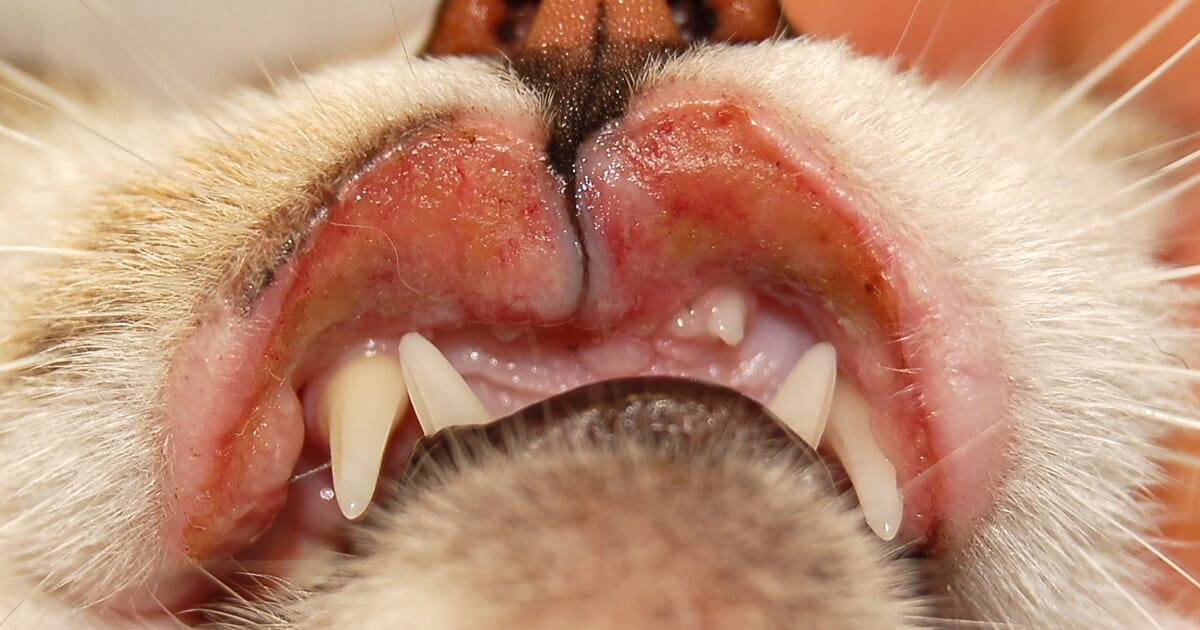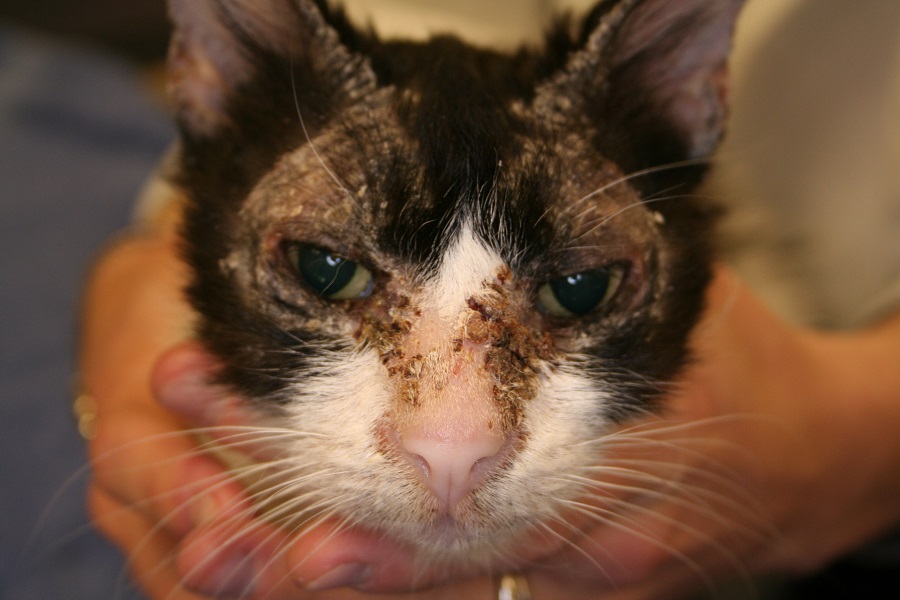
Symptoms of Autoimmune Skin Disease in Cats Autoimmune skin diseases may develop all over the face neck paw pads claw folds groin and genitals of the cat. What is the treatment for autoimmune disease in cats.

The ears and the genitals may also be affected.
Signs of autoimmune disease in cats. The autoimmune disease of the blood in cats is rare and often secondary to leukemia. The antibodies disrupt the bodys own red blood cells causing hemolysis a condition known as autoimmune hemolytic anemia. It may cause jaundice lethargy enlargement of lymph nodes and ulcerations in ears nose tail and feet.
Discoid lupus erythematosus DLE is another autoimmune skin disease rarely seen in cats. The common clinical signs of DLE include loss of pigmentation around the cats lips and the skin around the eyes. The ears and the genitals may also be affected.
Commonly the signs of systemic autoimmune disease are vague such as lack of energy weakness skin ulcers joint pain and weight loss. A definitive cause is often not identified but a genetic. Symptoms vary depending on the disease and the area affected but can include skin disorders lumps bumps ulcers and swelling joint swelling and pain reduced number of red or white blood cells and platelets and digestive disorders.
What is the treatment for autoimmune disease in cats. Most cats that have IBS experience lethargy vomiting diarrhea loss of appetite and they also gradually lose weight. Once the condition is diagnosed the cat can receive treatment with anti-inflammatories antibiotics corticosteroids as well as immunosuppressive.
Genetics play a role in autoimmune diseases in cats and gum disease is a manifestation of that but a definitive cause remains unknown. Regardless of the cause pet parents need to be diligent about prevention and alert to signs both apparent and subtle that something is wrong. - Bad breath - Angry red gums.
However feline infectious peritonitis leukemia virus and feline immunodeficiency virus are few of the cat specific causes. Left untreated toxins may build up and the disease progresses and presents the following symptoms that may point to liver failure. Feline Immunodeficiency Virus FIV Cats infected with feline immunodeficiency virus FIV may not show symptoms until years after the initial infection occurred.
Although the virus is slow-acting a cats immune system is severely weakened once the disease takes hold. This makes the cat susceptible to various secondary infections. Clinical SignsDiagnosis Given that gingivitis leads to periodontitis most cats with periodontitis will show signs of gingivitis redness swelling bleeding along the gingiva at the base of the teeth and may also be reluctant or unwilling to eat drool turn their heads to the side when chewing and develop halitosis.
Symptoms of Autoimmune Skin Disease in Cats Autoimmune skin diseases may develop all over the face neck paw pads claw folds groin and genitals of the cat. They range in severity and can be acute or chronic issues. Symptoms are as follows.
Type III immune disorders commonly cause inflammation in vital organsyour cats kidneys brain lungs or skin. The symptoms depend on which organs the disorder affects. General signs of ill health such as fever fatigue muscle weakness diarrhea and vomiting can occur.
You might also find that your cat is thirsty all the time. The production of white blood cells is a sign your cats body feels under attack. They are produced when your cat eats something unnatural and when your cat has an infection.
They are also produced after a vaccine. The symptoms of systemic autoimmune disease in cats such as lack of energy fatigue skin ulcers joint pain and weight loss are usually unclear. Feline Lower Urinary Tract Diseases FLUTD Feline lower urinary tract disease FLUTD is a group of cat diseases with multiple reasons.
It is common in both male and female cats and usually occurs in overweight or unfit cats or who eat dry food. Stress and a multi-cat household can also raise a cats risk of FLUTD. The affected areas in a cats mouth are typically bright red and bleed easily.
Feline stomatitis also causes bad breath drooling and excessive swallowing. Because stomatitis is often painful affected cats may refuse to eat and groom or they may chatter their teeth or paw at their faces.